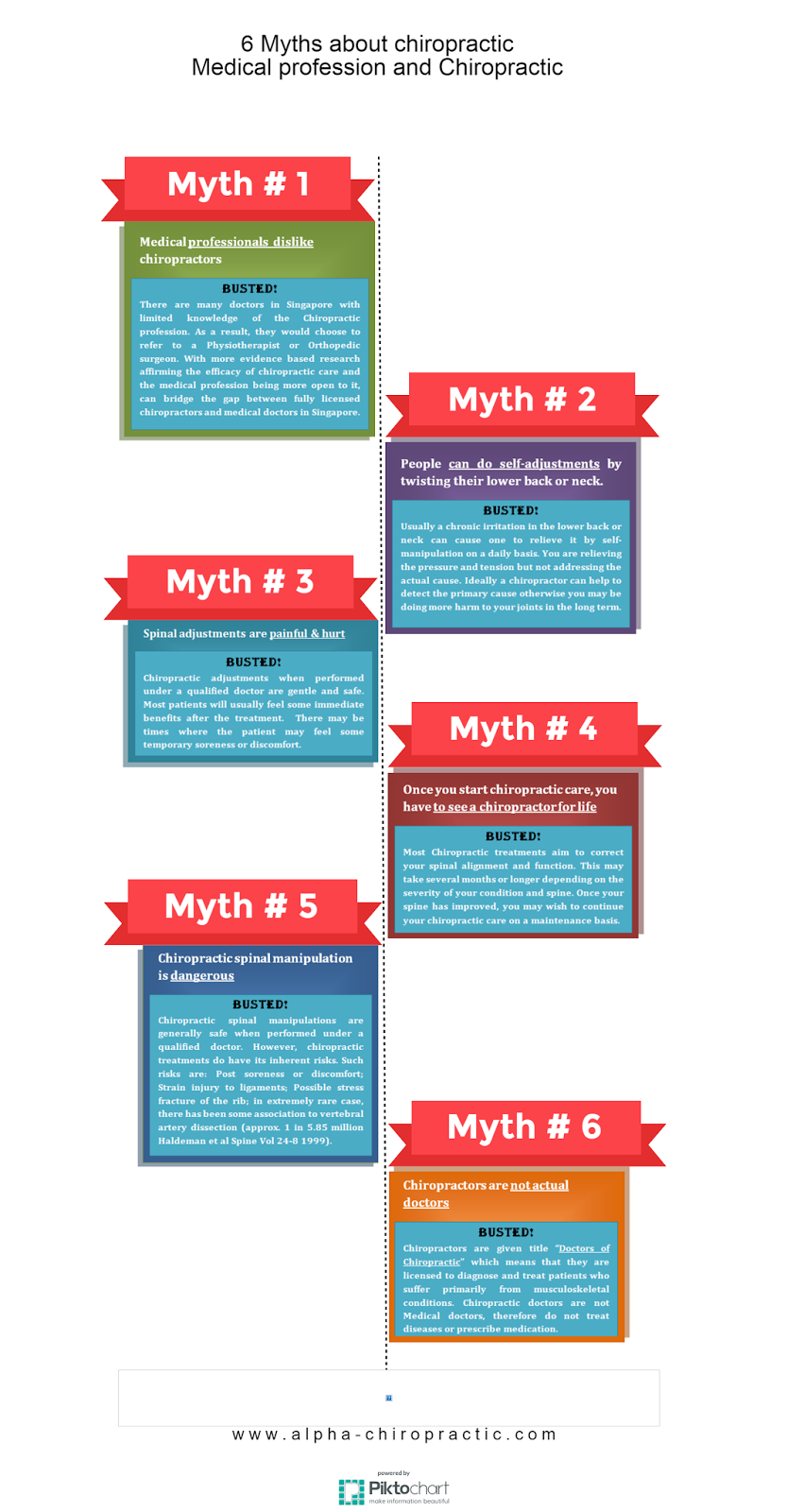Address Pain In The Back By Identifying The Daily Routines That Might Be Contributing To It; Minor Adjustments Can Lead The Way To A Life Without Discomfort
Address Pain In The Back By Identifying The Daily Routines That Might Be Contributing To It; Minor Adjustments Can Lead The Way To A Life Without Discomfort
Blog Article
Web Content By-Snyder Rosales
Keeping correct stance and preventing usual pitfalls in everyday activities can significantly impact your back health. From exactly how you sit at your workdesk to how you raise heavy things, tiny modifications can make a big distinction. Think of a day without the nagging pain in the back that prevents your every action; the remedy could be less complex than you think. By making a couple of tweaks to your everyday practices, you could be on your way to a pain-free presence.
Poor Posture and Sedentary Way Of Living
Poor posture and a less active way of living are two significant contributors to pain in the back. When you slouch or inkling over while sitting or standing, you placed unneeded strain on your back muscles and spine. This can result in muscular tissue discrepancies, tension, and at some point, chronic neck and back pain. Additionally, sitting for long periods without breaks or exercise can compromise your back muscle mass and result in rigidity and pain.
To combat inadequate stance, make a mindful initiative to sit and stand directly with your shoulders back and aligned with your ears. Remember to maintain your feet level on the ground and avoid crossing your legs for prolonged durations.
Incorporating regular extending and strengthening workouts right into your daily routine can also help boost your position and reduce back pain associated with an inactive lifestyle.
Incorrect Training Techniques
Incorrect training methods can substantially contribute to back pain and injuries. When you raise hefty items, keep in mind to flex your knees and use your legs to lift, as opposed to relying on your back muscles. Prevent turning your body while training and maintain the item near to your body to reduce pressure on your back. It's vital to keep a straight back and stay clear of rounding your shoulders while lifting to prevent unnecessary pressure on your spinal column.
Always examine the weight of the object prior to lifting it. If it's too heavy, request assistance or use devices like a dolly or cart to move it securely.
Bear in mind to take breaks throughout lifting tasks to offer your back muscle mass a possibility to rest and prevent overexertion. By implementing proper lifting techniques, you can avoid neck and back pain and minimize the threat of injuries, guaranteeing your back stays healthy and strong for the long-term.
Absence of Routine Workout and Extending
An inactive lifestyle devoid of routine workout and extending can considerably add to neck and back pain and pain. When https://chancejfzun.blue-blogs.com/37509160/exploring-the-link-in-between-chiropractic-care-treatment-and-athletic-efficiency do not engage in physical activity, your muscle mass become weak and stringent, causing poor stance and boosted pressure on your back. Routine exercise aids strengthen the muscular tissues that sustain your spinal column, improving stability and minimizing the threat of neck and back pain. Integrating extending right into your routine can additionally boost adaptability, avoiding stiffness and discomfort in your back muscle mass.
To avoid back pain brought on by a lack of exercise and extending, aim for at the very least half an hour of modest physical activity most days of the week. Include exercises that target your core muscle mass, as a solid core can aid alleviate pressure on your back.
Furthermore, take breaks to stretch and move throughout the day, especially if you have a workdesk task. Basic stretches like touching your toes or doing shoulder rolls can help eliminate stress and protect against pain in the back. Prioritizing regular workout and extending can go a long way in preserving a healthy and balanced back and lowering discomfort.
Conclusion
So, keep in mind to sit up directly, lift with your legs, and remain active to stop neck and back pain. By making straightforward modifications to your daily behaviors, you can prevent the pain and restrictions that come with pain in the back. https://www.scmp.com/magazines/style/well-being/article/3045027/chiropractic-zentherapy-craniosacral-treatments-what-are for your spine and muscular tissues by practicing great pose, appropriate training methods, and normal exercise. Your back will certainly thank you for it!
